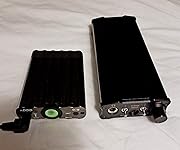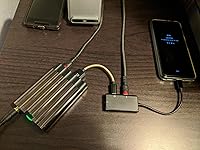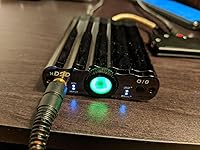







Ready to go? Add this product to your cart and select a plan during checkout. Payment plans are offered through our trusted finance partners Klarna, PayTomorrow, Affirm, Afterpay, Apple Pay, and PayPal. No-credit-needed leasing options through Acima may also be available at checkout.
Learn more about financing & leasing here.
This item is eligible for return within 30 days of receipt
To qualify for a full refund, items must be returned in their original, unused condition. If an item is returned in a used, damaged, or materially different state, you may be granted a partial refund.
To initiate a return, please visit our Returns Center.
View our full returns policy here.
Features
Brand: IFi
Color: Grey and Black
Connectivity Technology: Auxiliary
Wireless Communication Technology: AAC, Bluetooth, AptX
Special Feature: 3.5mm line out mode, XBass and 3D Holographic advanced analog signal processes
Product Dimensions: 4 x 3 x 1 inches
Item Weight: 4.5 ounces
Item model number: 4336299358
Batteries: 1 Lithium Polymer batteries required. (included)
Is Discontinued By Manufacturer: No
Date First Available: April 12, 2018
Manufacturer: Abbingdon Music Research
Item Weight: 127 Grams


